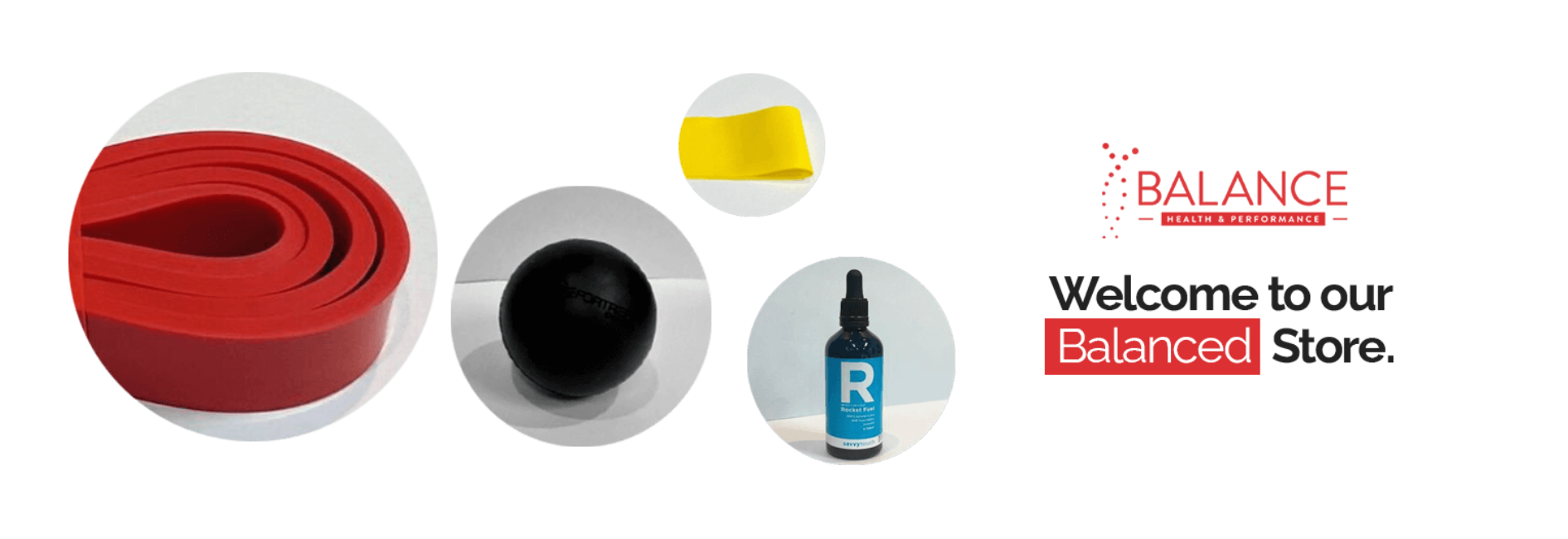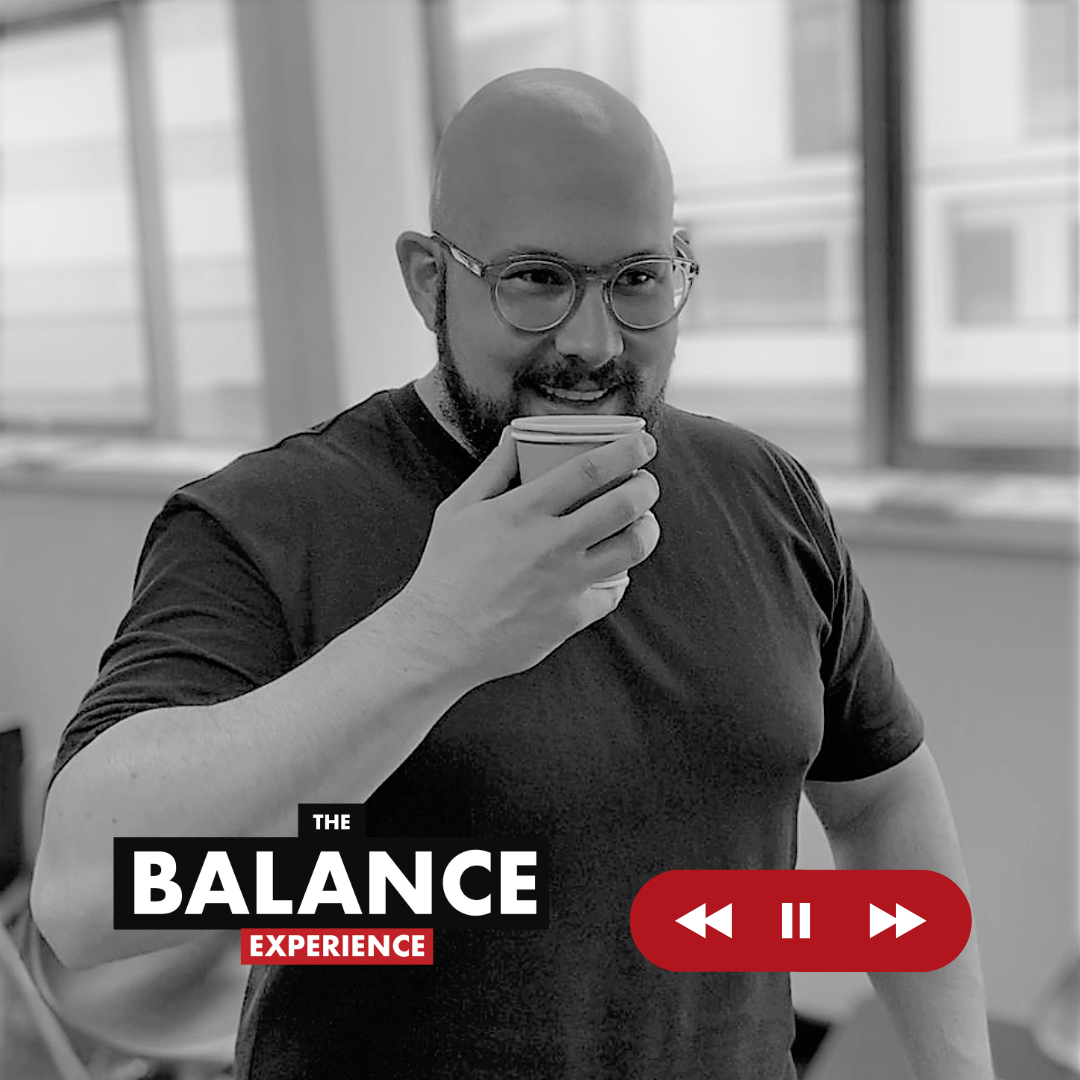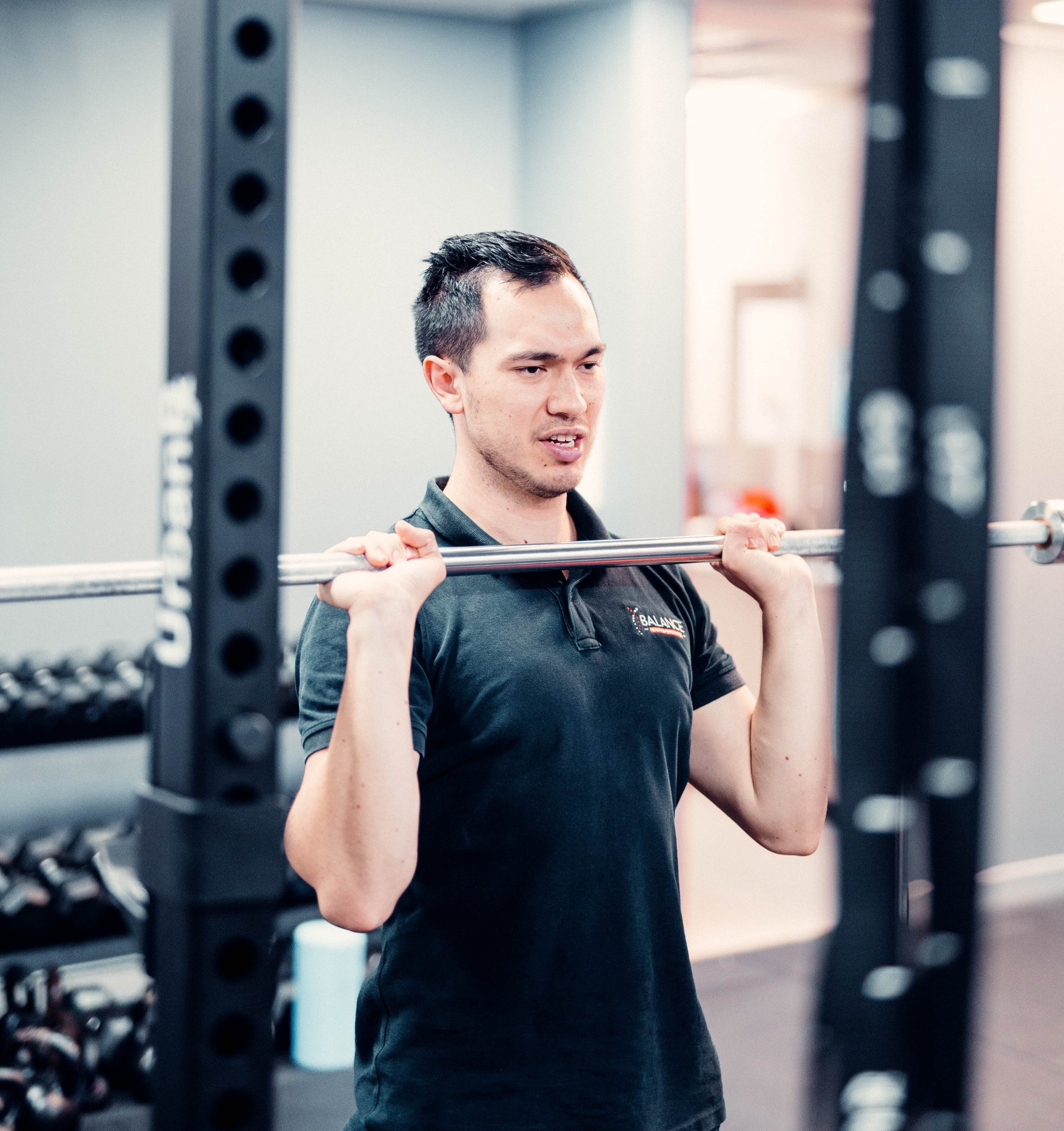We get asked this a lot…
As a physiotherapy and chiropractic clinic, we are frequently asked whether it's necessary to improve posture. While good posture has its advantages, such as reducing muscle tension and preventing back pain, it's not essential for everyone. In this blog post, we'll explore the benefits of improving posture, as well as discuss why it's not always linked to pain and injury, and why it may not be necessary for everyone.
Benefits of Good Posture
Good posture can have numerous benefits, such as improving breathing and circulation, preventing muscle fatigue and tension, and enhancing balance and coordination. Good posture can also improve your confidence and self-esteem, as standing up straight can make you look and feel more confident.
However, it's worth noting that good posture does not guarantee that you won't experience pain or injury. Pain and injury can result from various factors, including poor biomechanics, overuse, and genetics. Although good posture can help reduce muscle tension and improve alignment, it's not a guarantee that you won't experience pain or injury.
Considerations for Posture Improvement
While good posture has benefits, not everyone needs to focus on improving their posture. Some people naturally have good posture, while others may have postural issues that don't necessarily cause pain or discomfort. In fact, some postural deviations, such as a slight forward head posture or a mild scoliosis, may not require treatment.
If you have postural issues that are causing pain or discomfort, it may be worthwhile to seek treatment from a physiotherapist or chiropractor. They can help you identify the underlying causes of your postural issues and develop a treatment plan to address them.
On the other hand, if you don't have any pain or discomfort related to your posture, then it may not be necessary to focus on improving it. However, it's essential to maintain regular exercise, stretching, and movement patterns, as these can help reduce muscle tension and maintain optimal alignment.
Conclusion
Good posture can have its advantages, but it's not necessarily something that everyone needs to focus on. While it can help reduce muscle tension and improve alignment, it's not a guarantee that you won't experience pain or injury. If you have postural issues that are causing pain or discomfort, it may be worth seeking treatment from a physiotherapist or chiropractor. However, if you don't have any pain or discomfort related to your posture, it may not be necessary to focus on improving it. Regardless, it's important to maintain regular exercise, stretching, and movement patterns to promote optimal physical health.



















